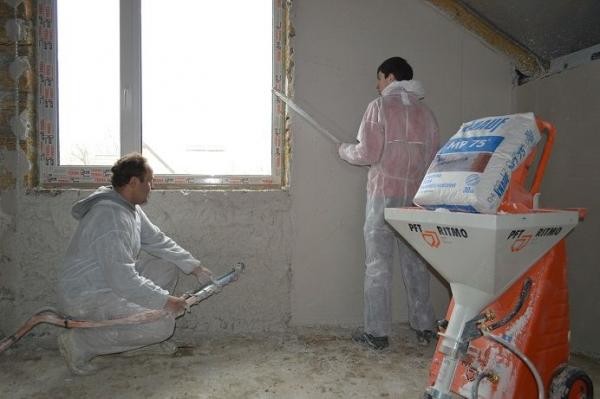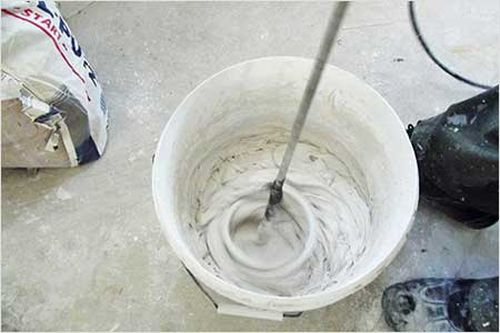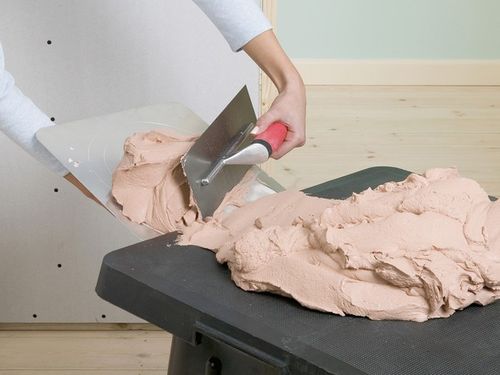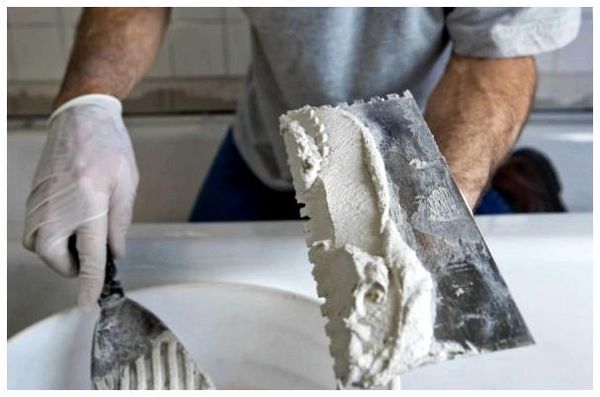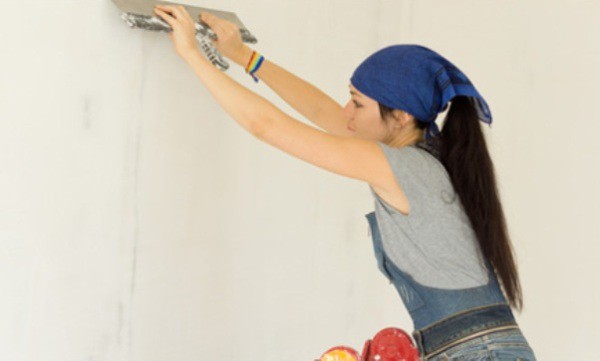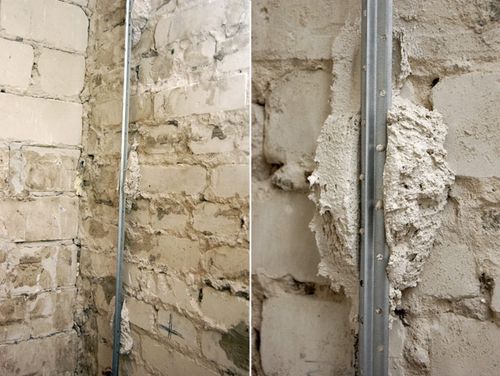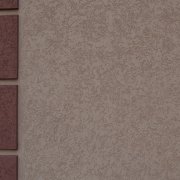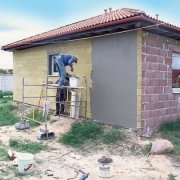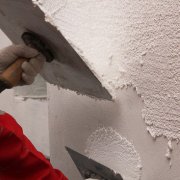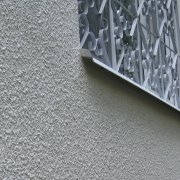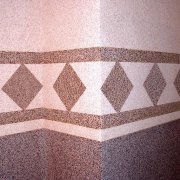How to make gypsum plaster yourself
Gypsum plaster Ideal for both external and internal finishing work. With its help, you can quickly and simply align all the bumps on a horizontal or vertical surface. In addition, it is often used for preliminary preparation of the working surface before applying a decorative coating.
The content of the article
Advantageous Features
Advantage of using this type of plaster users due to the inherent advantages of gypsum.
Among the most important are the following:
- Simplicity of work.
- Plastic.
- No shrinkage and low probability of cracking.
- Affordable price.
- Attractive appearance of the walls and ceiling on which the mortar was applied.
- The ability to give the desired shade and texture.
- Resistance to sharp changes in temperature.
- Strength.
- Creating a comfortable indoor microclimate.
- Drying speed.
- Environmental friendliness.
- Long term of operation.
Note. All these and other advantages of the mixture are directly dependent on its composition. The basis of gypsum plaster is gypsum.
In addition, it includes mineral plasticizers and a variety of natural polymer additives.
How to breed gypsum plaster
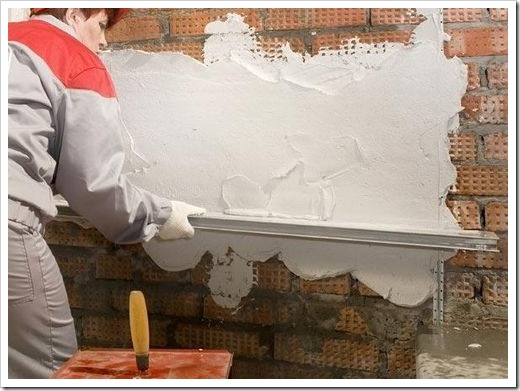
Before you prepare gypsum plaster, you need to prepare everything you need for this (see Wall plastering tool: what you need to work):
- Deep capacity.
- Pure water.
- Construction mixer or electric drill with a special nozzle designed for the preparation of mortars.
- The rule.
- Wide spatula.
- Pure water.
Here are its main steps:
- Pour clean water into a previously prepared container, gypsum plaster technique just that.
- Pour a certain amount of dry mixture from the bag.
- Mix everything thoroughly.
Tip. Professional masters recommend, before preparing the solution, to clearly determine for what purpose it will be used.
So:
- If there are many cracks or irregularities on the working surface, a thicker layer of putty should be applied, and for this the solution should be quite thick.
- If it is supposed plaster drywall surface, the putty layer should be sufficiently thin, which means that it is possible to prepare a more fluid solution in consistency.
- In addition, we must not forget about such a property of gypsum plaster as a high drying rate.
- That is why it is necessary to prepare the solution rather quickly.
The ready-made mixture must be used immediately, since it can not be stored.
Amount of material needed
In order to determine the amount of the necessary finished solution, it is necessary to take into account some factors:
- The degree of unevenness of the working surface that will need to be leveled.
- Area of work performed.
- The thickness of the plaster.
Note.As mentioned earlier, among all types of dry mixes that are used to decorate walls or ceilings, gypsum is the most economical.
You can verify this by reading the data in the table below:
| Type of dry mix | Consumption per 1 m2 (kg) |
| Gypsum | 9 |
| Cement | 17 |
| Decorative | 10 |
| Calcareous | 15 |
Do-it-yourself gypsum plaster
Now you need to familiarize yourself with the basics of the technology of applying the solution to the walls or ceiling.
First of all, you need to prepare the surface:
- To do this, all dirt, dust, and the remains of a layer of old plaster are removed (see How to remove old plaster from walls without problems) or whitewash.
- A prerequisite for successful plastering is a primer.
- For this, different types of liquid primers are used. If the work is carried out on smooth materials, such as concrete, drywall or brick, applying a primer will increase the adhesion of putty.
- If the wall is uneven or porous, the use of a primer, in addition to increasing the degree of adhesion, helps to reduce the degree of absorption of moisture from the air.
Tip. In this case, experts recommend applying several layers of primer.
Working conditions
Before making gypsum plaster, it is necessary to think over the conditions under which the work will be carried out:
- The air temperature in the room or on the street should not go out of the range of + 5 + 25 degrees Celsius.
- After plastering is completed, it is necessary to ensure the complete absence of drafts in the room.
- During the drying process, direct sunlight should not be allowed on the layer or heaters should be used to accelerate the drying of the putty layer.
To simplify the process of applying a putty layer, especially for beginners, experts recommend installing special beacons on the entire surface:
- To do this, you can use aluminum battens, profiles or narrow wooden battens.
- They need to be installed in a strictly horizontal position.
- In addition to the fact that the use of beacons will increase the rate of adhesion of the putty to the surface, it will also be much easier for beginners to distribute the solution evenly over the entire working surface.
Note. The solution is collected with a narrow spatula and transferred to a wide one. Then, with a swipe of the hand, the mixture is thrown to the surface. This must be done in a direction from the bottom up.
Now you can start the alignment step:
- To do this, use such a tool, as a rule, the width of which reaches 2 meters.
- The rule moves up, and the beacons are used as guides.
- If, after leveling, recesses or irregularities have formed on the surface, they should be sprayed with a solution, which will then also be leveled.
- After leveling, the grouting time comes. The essence of this stage is that the surface is given a perfectly even appearance. For this, special metal graters or felt washcloths are used.
After reviewing the video in this article, you can clearly see how to mix gypsum plaster, as well as the process of applying it to a work surface. DIY gypsum plaster video is a visual aid for beginners.
At the end
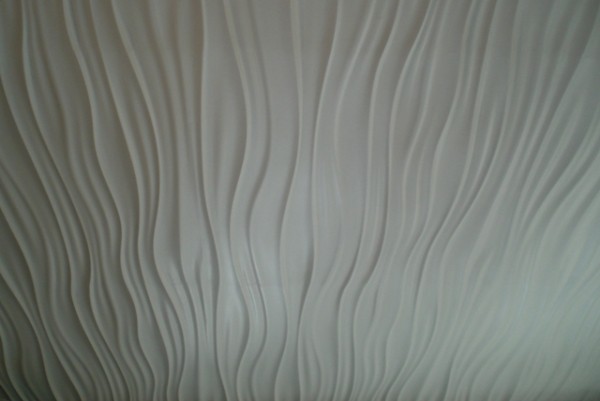
In the photo in this article, you can see how the surface looks after applying decorative gypsum putty on it: In conclusion, I would like to say that there is no bad mixture, the main thing is to know how to choose the right type of putty for work, prepare it correctly, observe the technology application, as well as working conditions.
